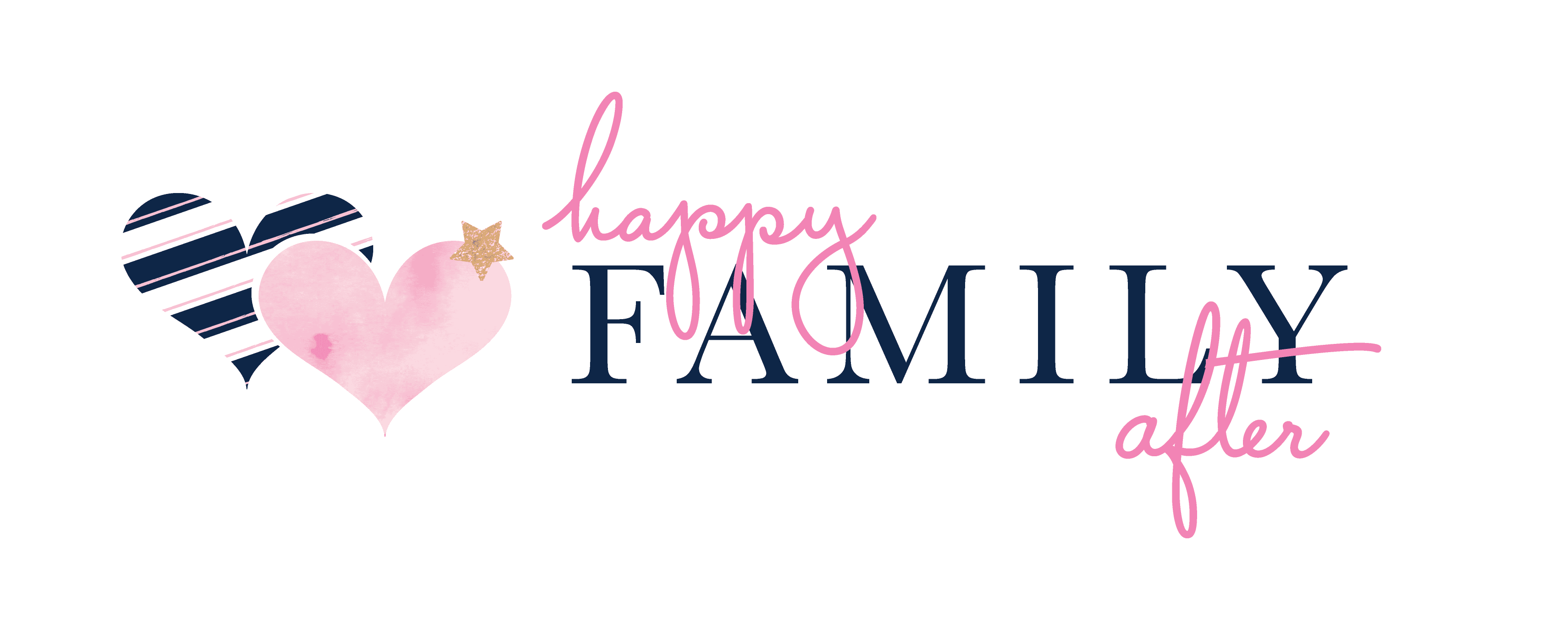Helping Babies Sleep Safely
Either you have a new baby or you’re expecting one (or 2, or 3…), and that’s awesome. Take these steps from the CDC to help your baby sleep safely and reduce the risk of sleep-related infant deaths, including sudden infant death syndrome (SIDS).
Place your baby on their back for all sleep times
Even if a baby spits up during sleep, babies’ anatomy and gag reflex help prevent them from choking while sleeping on their backs. Babies who sleep on their backs are much less likely to die of SIDS than babies who sleep on their sides or stomachs.
Use a firm sleep surface and fitted sheet
Use a firm, flat sleep surface, such as a mattress in a safety-approved crib covered only by a fitted sheet. Some parents and caretakers might feel they should place their baby on a soft surface to help them be more comfortable while sleeping. However, soft surfaces can increase the risk of sleep-related death. A firm sleep surface helps reduce the risk of SIDS and suffocation.
Crib placement is important
Keep your baby’s sleep area (for example, a crib or bassinet) in the same room where you sleep until your baby is at least 6 months old, or ideally until your baby is one year old. Accidental suffocation or strangulation can happen when a baby is sleeping in an adult bed or other unsafe sleep surfaces. Sharing a room with your baby is much safer than bed sharing and may decrease the risk of SIDS by as much as 50%. Also, placing the crib close to your bed so that the baby is within view and reach can also help make it easier to feed, comfort, and monitor your baby.
Avoid soft bedding
Learn how to create a safe sleep environment for the baby in your home by exploring an Interactive Safe Sleep Environment Tool from Safe to Sleep®. Keep soft bedding such as blankets, pillows, bumper pads, and soft toys out of your baby’s sleep area. Additionally, do not cover your baby’s head or allow your baby to get too hot. Some parents may feel they should add sheets or blankets to their baby’s crib to help keep their baby warm and comfortable while sleeping. However, sheets, comforters, and blankets can increase the risk of suffocation or overheating your baby. If you’re worried about your baby getting cold during sleep, you can dress them in sleep clothing, like a wearable blanket. In a recent Pediatrics report, CDC scientists and colleagues found that infant suffocation deaths during sleep were most frequently due to soft bedding, such as blankets and pillows.
Learn how to create a safe sleep environment for the baby in your home by exploring an Interactive Safe Sleep Environment Tool from Safe to Sleep ®.
Get In Touch
We serve families all over northern NYC, NJ, and Philadelphia (Atlanta and Florida now, too!). Happy Family After provides many popular options for parents of newborns including postpartum doulas, full-time live-in care, and sleep coaching. Get in touch and let’s get you started with support today.
Source: https://www.cdc.gov/reproductivehealth/features/baby-safe-sleep/index.html
